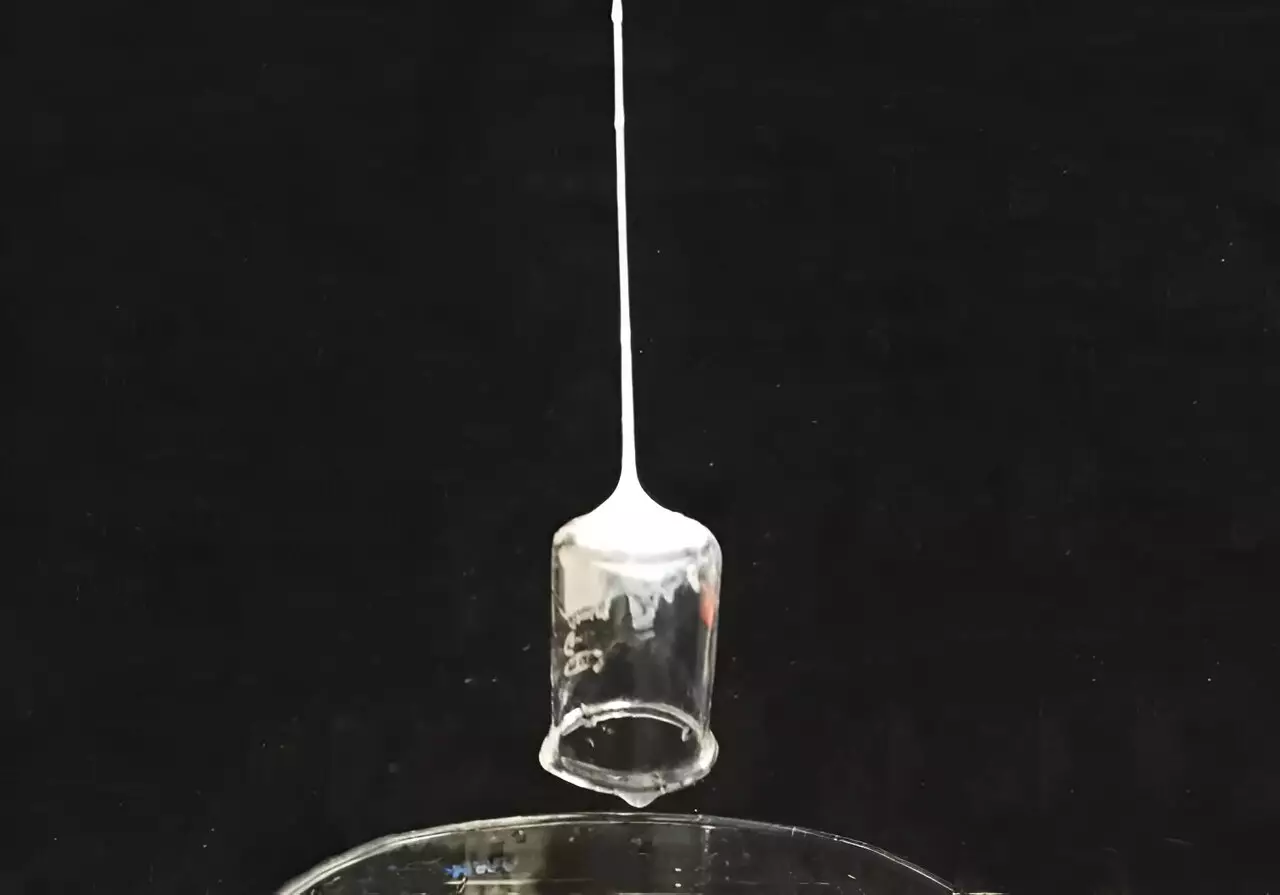For countless children, the exhilarating world of comic books and superhero movies stirs a desire to leap into action, emulating the feats of their favorite caped crusaders. One of the most iconic abilities is Spider-Man’s talent for swinging through the city atop silk-like webs, effortlessly subduing villains. This playful fantasy has made its way into the realm of scientific innovation, where researchers at Tufts University have pioneered technology that mimics web-slinging capabilities. Published in the journal *Advanced Functional Materials*, this study marks a significant leap from dreams depicted in fictional narratives to tangible scientific applications.
The concept stems from the intricate world of nature, particularly the fibers produced by silk moths. Researchers at the Tufts’ Silklab have ingeniously harnessed these fibers derived from silkworm cocoons, transforming them into a viscous solution of silk fibroin. By boiling the cocoons in solution to obtain these building blocks, the scientists have developed a method to extrude this fluid through narrow needles. Upon exposure to air and with the right additives, the fluid solidifies, creating a versatile and sticky fiber capable of lifting heavy objects.
Nature has always served as an invaluable source of inspiration for technological breakthroughs. The ability of various insects—such as spiders, bees, and ants—to produce silk during their life cycles has been a focal point for researchers looking to replicate these natural phenomena. The Silklab has not only focused on silk threads but has also ventured into creating innovative applications, such as underwater adhesives, printable sensors, and sustainable agricultural solutions.
In a remarkable twist of fate, the team made an accidental discovery that proved pivotal for developing their web-slinging technology. Marco Lo Presti, a research assistant professor at Tufts, inadvertently stumbled upon a web-like material while cleaning glassware used for silk fibroin adhesives. This chance observation highlighted the vital role that serendipity can play in scientific research and innovation.
The breakthrough emerged when the team discovered that silk fibroin solutions could gradually form a semi-solid hydrogel—usually a slow process—when exposed to organic solvents. However, they found that incorporating dopamine, a chemical commonly used in their adhesive projects, expedited this transition, allowing silk fibers to solidify almost instantaneously. This unexpected interaction revealed the significance of chemistry in enhancing silk’s properties, enabling it to bond tenaciously with various surfaces.
By employing a coaxial needle that simultaneously extrudes silk solution and an organic solvent, the researchers managed to generate long threads that could solidify mid-air once the solvent evaporated. This innovative approach not only captured the essence of web-slinging technology but also opened the door for practical applications where strong, lightweight materials are essential.
The potential applications for this web-slinging technology are vast. The fibers demonstrate considerable strength and adhesive capabilities, capable of lifting over 80 times their own weight under various environmental conditions. The experimental demonstrations of this technology, such as lifting objects like wood blocks, scalpel handles, and even laboratory tubes, showcase its versatility in real-world settings.
However, it’s important to note that although these man-made fibers show promise, they are still significantly weaker than natural spider silk—around 1,000 times less strong. Therein lies the challenge for continued research; leveraging imagination and engineering prowess to enhance the material’s capabilities will be crucial for future advancements.
As Fiorenzo Omenetto, the project’s lead, aptly noted, the boundary between imagination and scientific practice is where innovation thrives. This sentiment resonates not just within research labs but also in classrooms, where young minds inspired by superhero lore can be encouraged to pursue scientific inquiry and engineering feats.
Ultimately, the journey from comic book fantasies to revolutionary technologies serves as a reminder that creativity, coupled with scientific rigor, can forge groundbreaking paths. As researchers at Tufts University explore the applications of web-slinging technology, they lay the groundwork for a future where such innovations could transform industries ranging from robotics to environmental sustainability. As we look ahead, it is the awe-inspiring intersection of nature, science, and popular culture that promises to keep propelling humanity into the realms of the extraordinary.


Leave a Reply